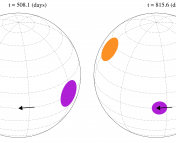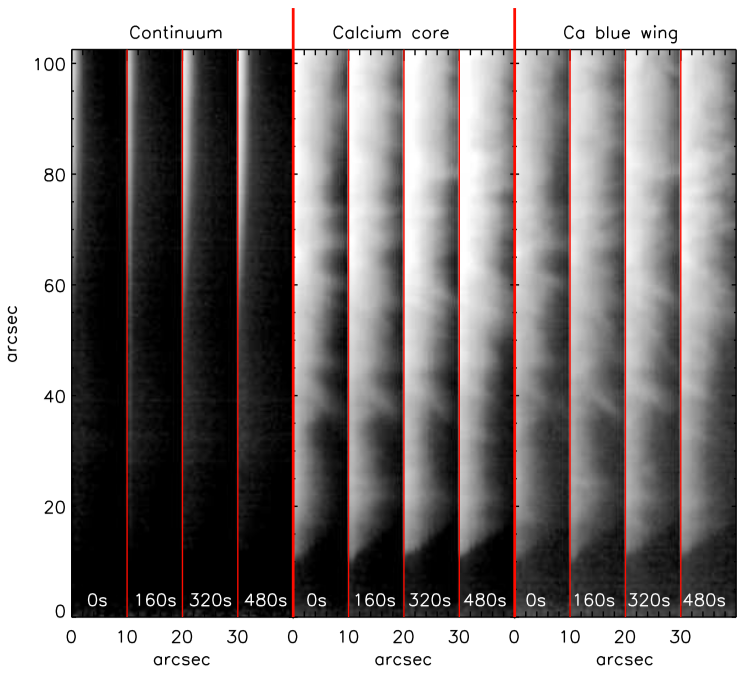
This week about 500 astronomers met for the 20th Cambridge Workshop on Cool Stars, Stellar Systems, and the Sun meeting. This year Cool Stars took place in Boston, MA. The meeting brings together theorists and observers from across the globe focusing on solar physics, stellar astrophysics, low-mass stars, brown-dwarfs, and exoplanets. While the meeting is fairly large for a specialized conference, the organizers did a good job avoiding the shortcomings of large conferences. The talks were long enough that concepts and results could be thoroughly explained and plenty of time was left for questions. Also, posters were up all week allowing plenty of time to both present your own poster and talk to other presenters.
A good crowd for Eleonora Zari’s talk about the 3D mapping of OB associations in the Solar neighborhood! #CoolStars20 pic.twitter.com/1itC8zGty2
— Cool Stars 20 (@CoolStars20) July 30, 2018
The large plenary sessions, which took place in the mornings featured invited and contributed talks focusing on a theme for each day. This year’s topics were Galactic Cartography in the Gaia Era, Solar/Stellar Magnetic Fields and Surface Structure, Fundamental Properties of Cool Stars, Solar/Stellar Environments, and Very Low Mass Objects. The sessions generally began with an invited review talk before a few invited and contributed talks on more in depth topics. The session chairs made a concerted effort to make sure the question sessions after each talk focused on questions for the presenter and were not dominated by long winded comments. This was a great policy and it would be worth adopting at other conferences and department talks.
The afternoons were filled with splinter sessions, mini-conferences proposed for and organized by groups of conference attendees. Three splinter sessions were held in parallel on three afternoons covering more specific topics than the morning plenaries. Topics included “Benchmarks, and How to Benchmark Them: Cutting-Edge Science and a Data Challenge for Eclipsing Binary Systems”, “Know Thy Starspot, Know Thy Star”, and “Meter- to Millimeter Emission from Cool Stellar Systems: Latest Results, Synergies Across the Spectrum, and Outlook for the Next Decade” (a complete list of all the topics and their specific websites can be found here). These mini-conferences gave members of the community a chance to bring together experts without having to organize an entire conference on their own.
As usual with conferences these days, twitter was a popular medium to publicize exciting aspects of talks and posters. You can look through tweets from the conference using #CoolStars20. You might be able to find some tweets of people’s conference badges from the weeks leading up to the conference. The organizers had a bot which you could email to edit your name badge to include one or two plots as a conversation starter. This was a really cool idea to make the name badges more individualized! There will also be a hack day tomorrow (Saturday) so pay attention to the hashtag for updates; people have suggested some interesting projects including a study on the gender representation in question and answer sessions at the conference (more info here).
Conference proceedings and recordings of talks will be posted online so if you’re interested in learning more about any of these topics pay attention to the conference website.




